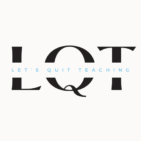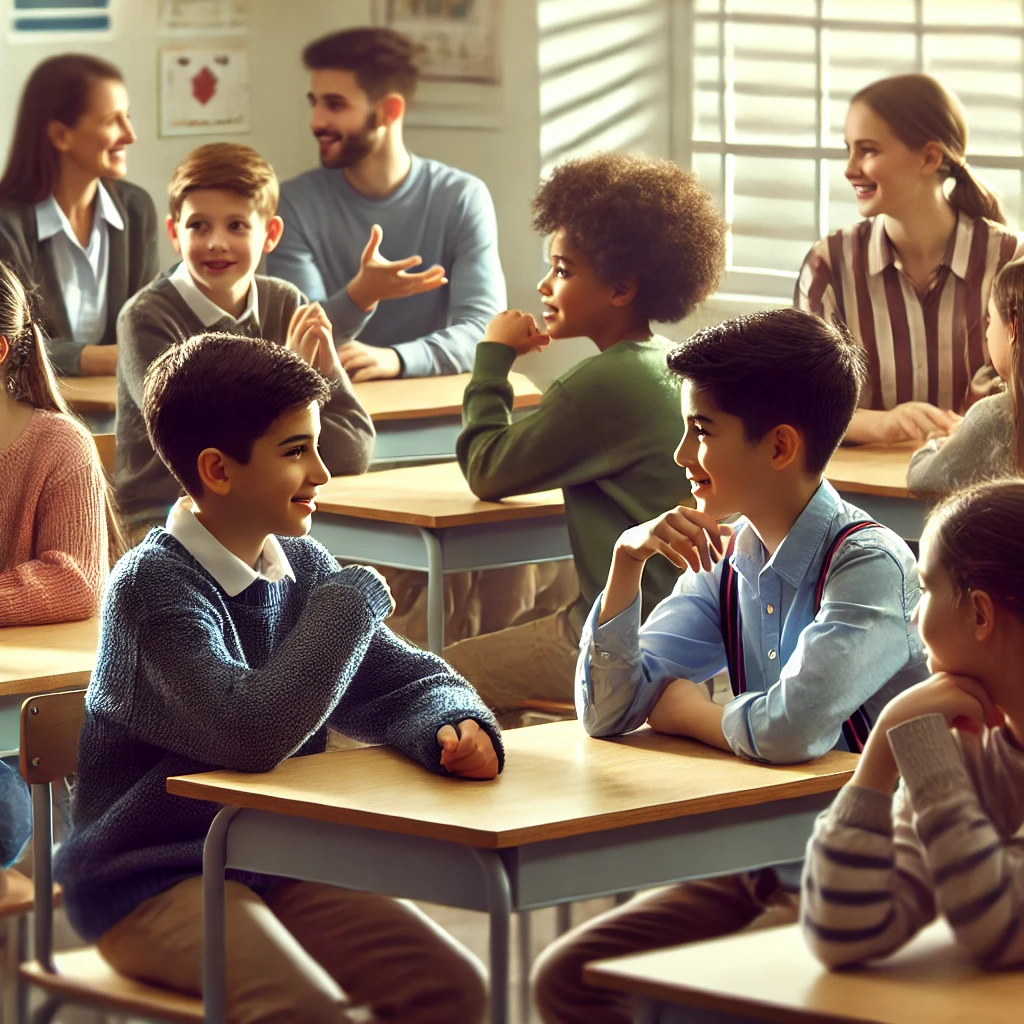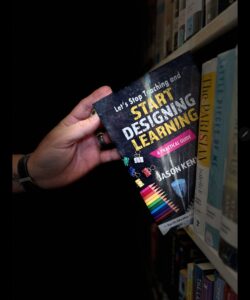I once heard this in a professional learning session, “Just get them talking,” the presenter said, “and they’ll be learning.” It sounds simple enough. We might ask our kids to “Turn and Talk” to their partner about the reading they just finished and expect fireworks—deep conversations, insights flying across the room. But what we might get is silence… followed by a few awkward whispers, some giggles, and several blank stares.
What went wrong? We assume learners already know how to discuss their thoughts, ask follow-up questions, and really listen to one another. But the truth is, they don’t. There is a lot of learning power of student-to-student communication strategies—like Turn and Talk, Think-Pair-Share, and others—but with a warning: these strategies can fall flat if we don’t teach learners how to engage in true back-and-forth conversation. We can’t just throw them into these interactions without guidance and expect magic to happen. Let’s dig into the benefits of these strategies, the common pitfalls of using them without structure, and how we can teach students to communicate with purpose, across content areas.
Why Student Communication Strategies Matter
Fostering Deeper Learning
When done right, strategies like Think-Pair-Share or Turn and Talk help learners engage with content on a deeper level. They don’t just passively absorb information; they have to process it, articulate it, and explain it to a peer. That act of putting thoughts into words clarifies understanding and sometimes reveals gaps in knowledge they didn’t realize were there. When they hear a different perspective, it challenges their own thinking, making learning more robust.
Research shows that peer learning can have a significant impact. Hattie’s work on collaborative learning (effect size: 0.59) demonstrates that when learners collaborate, they engage in higher-order thinking, problem-solving, and reflection—skills critical for success in school and beyond. These strategies aren’t just about talking; they’re about learning through talking.
Building Essential Skills for the Future
Let’s be real. Content is important, but skills like communication, collaboration, and critical thinking? These are what will carry our learners through life. Employers today aren’t hiring people for their ability to memorize facts; they want employees who can problem-solve, think creatively, and work well with others. When we use strategies like Turn and Talk, we’re not just reinforcing content—we’re helping kids develop these vital skills. They learn how to articulate their ideas, ask questions, and negotiate different perspectives—skills they’ll need long after they’ve forgotten the Pythagorean theorem or the symbolism in The Great Gatsby.
Where It Can All Go Wrong: The Pitfalls of Unstructured Peer Communication
Assuming Students Already Know How to Communicate
Here’s the thing: we often assume learners already know how to have a meaningful conversation. We assume that when we tell them to “Turn and Talk,” they’ll instinctively know what to say, how to listen, and how to build on each other’s ideas. But the reality is, many of our students don’t know how to do this—at least, not in a way that supports learning. They might know how to chat with their friends at lunch, but engaging in academic dialogue is an entirely different ballgame.
Without explicit instruction, learner conversations can easily become one-sided or shallow. One may do all the talking while the other just nods along, or worse, they both just stare at each other, unsure of where to begin. When we assume kids already have the skills they need for productive communication, we set them up for failure. It’s like asking them to run a marathon without ever teaching them how to tie their shoes.
No Clear Goals or Accountability
Another trap we fall into is thinking that just getting learners to talk is enough. It’s not. If we don’t give them clear goals or outcomes for their conversations, it can quickly become an off-task free-for-all. Learners need to know WHY they’re talking and WHAT they’re supposed to accomplish. Otherwise, they’ll either drift into irrelevant conversations or give surface-level answers just to get through the activity. Without structure, these strategies become busy work—rather than opportunities for deeper learning.
Scaffolding Communication: Teaching, Modeling, and Supporting Students
Teaching Communication Skills Explicitly
The solution? We need to teach learners how to communicate effectively. This means going beyond just giving them a prompt to discuss; we have to model what good communication looks like. Start by showing them how to actively listen—how to ask clarifying questions, how to restate what their partner said before offering their own thoughts. You can model this in front of the class, using another teacher or a volunteer to demonstrate what an effective Turn and Talk sounds like.
Providing sentence stems can also be a game-changer, especially for students who struggle to articulate their thoughts. Give them phrases like “I agree with you because…” or “Can you explain more about…?” These scaffolds give learners a framework to build off, helping them move from surface-level responses to more thoughtful, engaged discussions.
Applying These Strategies Across Content Areas
The beauty of these strategies is that they’re versatile—they can be used across content areas. In math, learners can explain their reasoning behind a solution to a partner. In science, they can hypothesize and critique each other’s ideas. In English, they can debate character motivations or analyze themes. But here’s the key: no matter the subject, we need to set clear learning goals for the conversation. What should students walk away knowing or understanding after their discussion? Is the goal to clarify a concept, compare perspectives, or justify their reasoning? Whatever it is, be explicit about it.
For example, if you’re using Think-Pair-Share in math, the goal might be for learners to explain why they chose a particular method to solve a problem. In science, the goal could be to defend a hypothesis with evidence. In English, students might discuss how a character’s choices reveal deeper themes. With clear goals, students are more likely to stay on track and engage in meaningful conversations.
Reflect and Provide Feedback
Finally, don’t forget the reflection piece. After each communication activity, take time to ask students to reflect on how the conversation went. Did they ask questions? Did they really listen to their partner? Did they build on what the other person said, or just wait for their turn to talk? By reflecting on these questions, learners become more mindful communicators over time.
Communication as a Skill, Not a Given
Effective student-to-student communication doesn’t just happen. It’s a skill—one that needs to be taught, modeled, and practiced. Strategies like Turn and Talk and Think-Pair-Share can be powerful tools for learning, but they require structure, guidance, and clear expectations to really work. The next time you ask your students to engage in peer communication, take the time to teach them how. Show them what good communication looks like, provide scaffolds for those who need them, and set clear goals for every discussion. With a little upfront work, you’ll transform those awkward silences and off-topic chatter into meaningful, productive conversations—and your kids will walk away having learned more than just the content.


